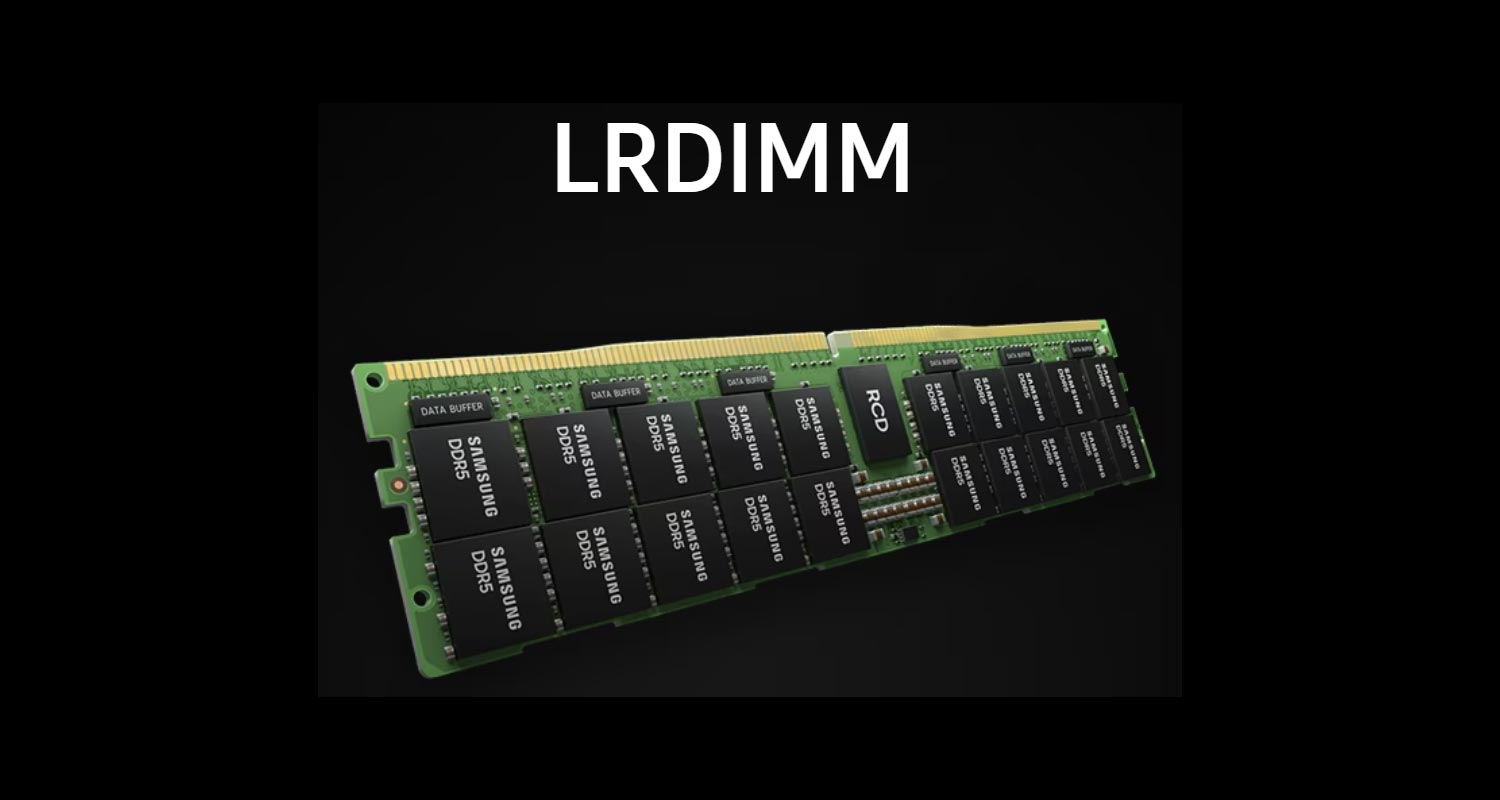All RAM types of form factors: from DIMM to SO-DIMM and further
All RAM types of form factors: from DIMM to SO-DIMM and further
RAM is one of the critical components in a PC. It governs speed, multitasking, and general performance. But do you know that RAM is found in different sizes and shapes? They are called form factors, and selecting the correct one is as critical as the one with the correct speed or quantity. Let's get into the details.
1. DIMM (Dual Inline Memory Module)
Used in: Desktop PCs, workstations, and servers
-
Feature: Standard full-sized RAM module
-
Benefit: Higher capacity and speed; easy to upgrade
-
Size: About 133mm long (full-size stick)
-
Pins: 240-pin (DDR3), 288-pin (DDR4/DDR5)
DIMMs are the standard RAM sticks on the inside of the standard desktop towers. They offer greater capacity and speed compared to small form factors and as such are optimal in workstations and gaming setups.
2. SO-DIMM (Small Outline DIM)
- Used in: Laptops, mini PCs, and all-in-one desktops
-
Feature: Compact version of DIMM
-
Benefit: Saves space while still offering decent performance
-
Size: About 67.6mm long (roughly half the size of DIMM)
-
Pins: 204-pin (DDR3), 260-pin (DDR4)
SO-DIMMs are basically small DIMMs. They conserve space without providing your small PC or laptop with a RAM advantage. Most laptop upgrades consist of replacing the SO-DIMMs.
3. MicroDIMM
- Used in: Older ultraportable laptops and notebooks
-
Feature: Smaller than SO-DIMM, designed for ultra-compact devices
-
Benefit: Fits in devices with extremely limited space
-
Size: Varies, usually ~72mm long
-
Pins: Fewer than SO-DIMM, depends on generation
MicroDIMMs were ubiquitous among ultraportable notebooks a decade back. They're no longer common today, but when working on antique laptops, they still can be used.
4. UDIMM (Unbuffered DIMM)
- Used in: Consumer desktops
-
Feature: Unbuffered, meaning no register between RAM and CPU
-
Benefit: Faster, cheaper, and widely available
-
Size: Standard DIMM size (~133mm)
-
Pins: 240-pin (DDR3), 288-pin (DDR4/DDR5)
UDIMMs are the most common ones found in people's gaming or work PCs. They're easy, fast, and quick to swap out.
5. RDIMM (Registered DIM)
- Used in: Servers and professional workstations
- Feature: Has a register to reduce electrical load on memory controller
- Benefit: Allows higher capacities and improves stability in big setups
- Size: Standard DIMM size (~133mm)
- Pins: 240-pin (DDR3), 288-pin (DDR4/DDR5)
RDIMMs are designed for reliability in large-memory server setups.
6. LRDIMM (Load-Reduced DIMM)
- Used in: High-end enterprise servers
- Feature: Uses a buffer to reduce load on the memory controller
- Benefit: Supports extremely high RAM capacities and speed
- Size: Standard DIMM size (~133mm)
- Pins: 240-pin (DDR3), 288-pin (DDR4/DDR5)
LRDIMMs are reserved for high-enterprise deployments, where stability and enormous memory size matter.
7. VLP DIMM (Very Low Profile DIMM)
- Used in: Small form factor desktops, mini PCs
- Feature: Shorter than standard DIMMs
- Benefit: Fits in tight spaces where full-size DIMMs wouldn’t
- Size: ~31mm tall
- Pins: 240-pin (DDR3), 288-pin (DDR4/DDR5)
VLP DIMMs are perfect in small desktop environments that occupy little space, like mini-ITX environments.
8. ECC versus Non-ECC
Not really a form factor per se, although we must say:
- Used in: ECC for servers/workstations; Non-ECC for consumer desktops
- Feature: ECC detects and corrects errors; Non-ECC does not
- Benefit: ECC provides reliability for critical systems
- Size & Pins: Depends on underlying DIMM or SO-DIMM type
ECC RAM is important for servers where data integrity is crucial, while non-ECC is standard for gaming and personal PCs.
Conclusion
Selecting the correct RAM is never a matter of speed or volume either — form factor is equally as important too. Upgrading a laptop with SO-DIMM, constructing a desktop gamer with DIMMs, or deploying a server with RDIMMs or LRDIMMs, recognizing the shape, as much as the type, of RAM, assures compatibility as well as peak performance.
Next time you turn on your PC or laptop, look again at the sticks — they're more than green boards with chips on them. They're expertly crafted little modules that make your computer fly.










Comments
Post a Comment